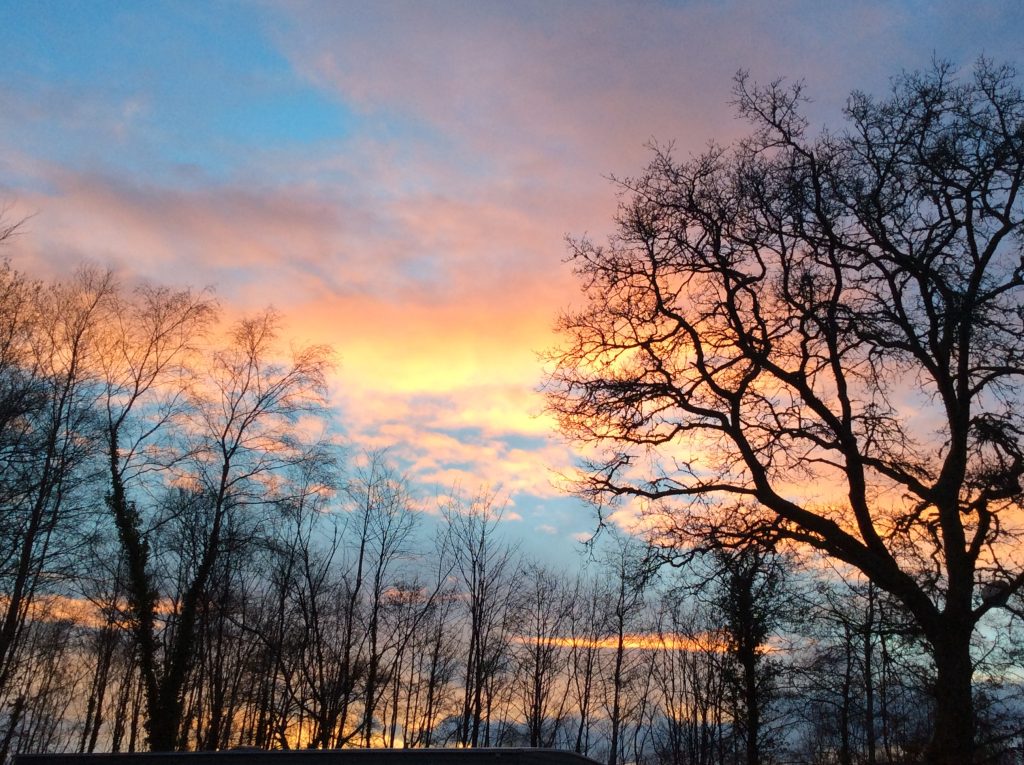When you come and stay at The Charcoal Hut, we always hope you get a clear sky at bedtime. That’s because we’re in a dark sky zone and we encourage you to look up and enjoy it. Until we moved here, a little over nine years ago, we had never seen such detail in the night sky. Now, we love pointing out to guests that they’ll be able to see the Milky Way. The dark sky zone is really very special and is responsible for some of the best photos our guests share too.

What makes this a Dark Sky Zone?
The lack of light pollution is key to creating the best dark sky zone. Here, we are far enough away from Llandovery and it’s street lighting, to get really dark. It gets so dark here that when you hold your hand in front of your face at night, you can’t see it. This also means it gets so dark we can see more detail in the night sky than you ever will in a town. I am still amazed every time I look up on a clear night. The dark sky zone takes my breath away.
Within the broader area around us we have some of the best Dark sky destinations in Wales. The Usk Reservoir is considered one of the top five places to stargaze in the UK. You can check the details, right down to the best time to visit, here. Just over an hour’s drive and you’re in the Elan Valley. The Craig Goch Dam is an amazing spot for astrophotography. More details on the dams can be found here.
You don’t need posh equipment – just a phone & clear skys
Some truly remarkable photos have been captured by guests staying at The Charcoal Hut. Most of them on mobile phones or tablets. We are always so impressed by how much you can capture when the weather is right. If you’re coming to stay, let us know you’re interested in the night sky and we’ll update you with what’s happening up there during your stay.
Amazing times to visit for astronomical events in 2024 include:
Partial Lunar Eclipse – 17th/18th September
Meteor Showers –
- April 21st and 22nd Lyrid
- May 5th and 6th Eta Aquarid
- August 12th and 13th Perseid
- October 8th and 9th Draconid
- October 2 – 2 November Orionid, with peak around 20/21 October
To find out more about Wales’ dark sky areas and events, here are some of our favourite sources of information
